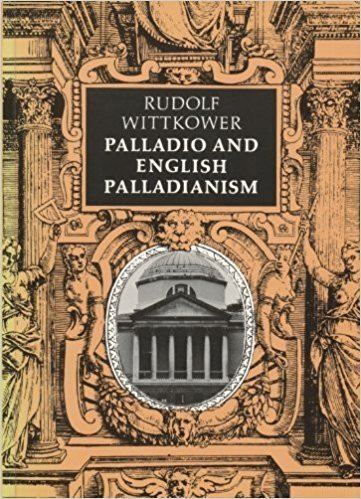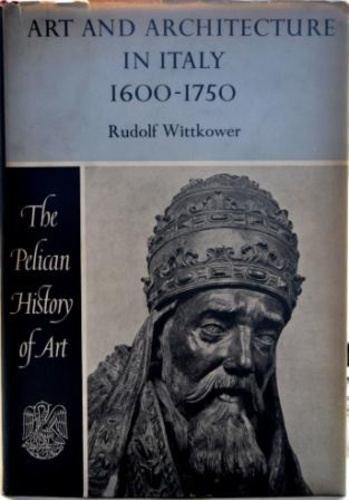Occupation Art historian Name Rudolf Wittkower | Role Art Historian | |
 | ||
People also search for Margot Wittkower, Giulio Carlo Argan, Irma B Jaffe, George II of Great Britain Books Architectural principles in the age, Born Under Saturn: The Character, Nacidos Bajo El Signo De, Art and Architecture in Italy - 1, Allegory and the migration | ||
Giovanni Romano, Rudolf Wittkower
Rudolf Wittkower (22 June 1901 – 11 October 1971) was a German-American art historian specializing in Italian Renaissance and Baroque art and architecture.
Contents

Biography

He was born in Berlin to Henry Wittkower (1865–1942) and Gertrude Ansbach (Wittkower) (1876–1965).

Rudolf Wittkower moved to London in 1933 with his wife Margot Holzmann because they were both Jewish and were fleeing Nazi Germany. He taught at the Warburg Institute, University of London from 1934 to 1956, was appointed Durning Lawrence professor at the Slade School of Fine Art, University College, London in 1949 and then moved to the United States to work at Columbia University from 1956 to 1969 where he was chairman of the Department of Art History and Archaeology.

Wittkower's Architectural Principles in the Age of Humanism introduced an in depth analysis of Venetian architect Andrea Palladio and his relation to sixteenth century music theory. Part Four specifically deals with how and why Palladio adapted harmonic musical ratios and incorporated them into the physical proportions of his buildings. Although this theory of Palladian proportions was universally accepted after the book's release, recent works in art history have made it the subject of much controversy. Wittkower had encountered this notion that musical harmony may act in a manner analogous to visual harmony in Pythagoras, where it was also noted by Alberti.
He was awarded the Alice Davis Hitchcock Award posthumously in 1975 for his book Gothic vs. Classic, Architectural Projects in Seventeenth-Century Italy.
